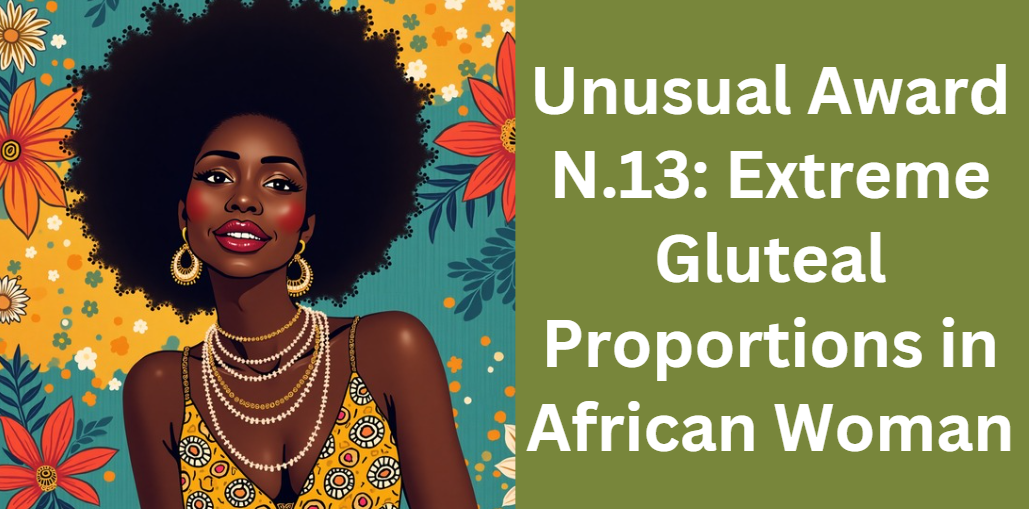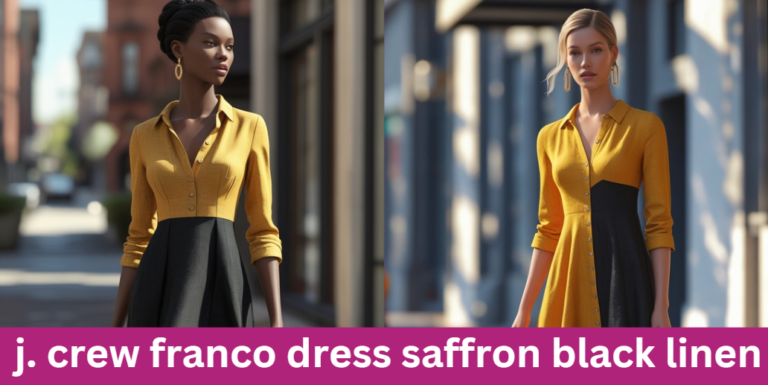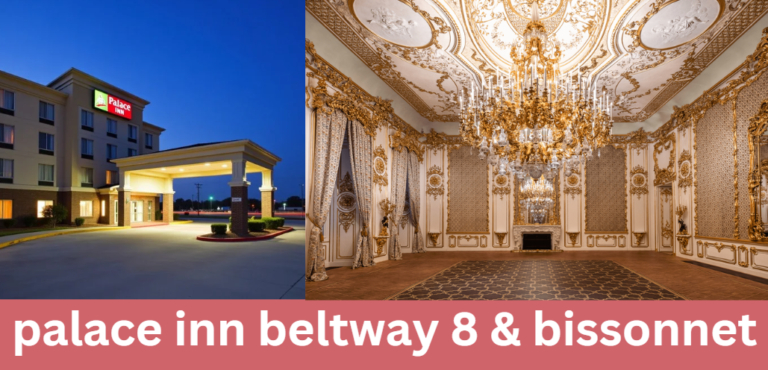Unusual Award N.13: Extreme Gluteal Proportions in African Woman – A Comprehensive Guide
In a world where beauty standards evolve and intersect with cultural identities, the topic of unusual award n.13: extreme gluteal proportions in african woman sparks both curiosity and debate. This guide is crafted to unravel the layers behind this subject, examining its origins, cultural relevance, health implications, and representation in art and media.
Our aim is to offer readers a clear understanding of why such physical attributes have gained recognition and how they influence contemporary beauty norms and societal perceptions.
Through this comprehensive analysis, you will discover how historical traditions in African societies have celebrated fuller figures, the impact of modern media on these perceptions, and the discussions around health and aesthetics. This guide also looks at how artistic representations have shaped the narrative, providing a balanced perspective that is both informative and engaging.
Background and Historical Context
The celebration of curvaceous figures in African culture has deep historical roots. Traditional African art and folklore have long revered physical traits that symbolize fertility, abundance, and strength. In many African societies, a fuller figure was historically seen as a sign of prosperity and health. Over time, these ideals evolved and influenced modern perceptions, eventually giving rise to awards that recognize extreme physical features.
This historical evolution is crucial to understanding the context behind unusual award n.13: extreme gluteal proportions in african woman. Before the advent of modern media, artists and sculptors captured these ideals in their works, and these representations often served as both cultural symbols and aspirational images.
As global beauty standards began to shift, there emerged a renewed interest in celebrating indigenous standards of beauty, culminating in the recognition of features that were once celebrated in traditional contexts.
Table: Historical Timeline of Gluteal Proportions in African Culture
| Era/Period | Cultural Significance | Notable Representations |
|---|---|---|
| Pre-Colonial Period | Embodied fertility, prosperity, and strength; widely celebrated in art. | Traditional sculptures, masks, and pottery. |
| Colonial Era | Encountered shifts due to Western influences, yet indigenous values persisted. | Early photography and literature references. |
| Modern Times | Revival of traditional beauty ideals alongside global trends. | Contemporary art, fashion shows, and media awards. |
Cultural Significance and Societal Impact
The phenomenon of unusual award n.13: extreme gluteal proportions in african woman is more than a mere celebration of physical attributes—it is a dialogue about identity, empowerment, and cultural heritage.
In many African communities, these features are a source of pride, symbolizing a connection to ancestral values and historical traditions. Modern recognition, such as awards, plays a role in reinforcing positive body image and challenging the often narrow definitions of beauty propagated by mainstream media.
This subject also intersects with broader discussions on body diversity and inclusivity. It invites us to consider how different societies interpret physical beauty and how these interpretations influence social dynamics, self-esteem, and cultural identity.
The celebration of such proportions can empower individuals by validating their unique features while also prompting conversations about the balance between natural beauty and societal expectations.
In exploring this topic, it becomes clear that media and public recognition not only celebrate these attributes but also help redefine beauty standards globally. The shift from a purely Western ideal of beauty to a more inclusive and diverse understanding has significant implications for cultural pride and self-acceptance.
Health, Fitness, and Aesthetics
Understanding the subject from a health and fitness perspective is essential for a well-rounded discussion. Unusual award n.13: extreme gluteal proportions in african woman often invites scrutiny into the relationship between aesthetics and physical well-being. Experts in nutrition and fitness note that while a curvaceous figure is celebrated for its aesthetic appeal, it is also important to consider the balance of physical health and muscular strength.
In this context, fitness routines and nutritional guidance can be tailored to enhance and support natural body structures. The conversation extends beyond aesthetics to include how such physical traits contribute to overall posture, mobility, and even metabolic health. Researchers have studied the biomechanics of the lower body, discussing how gluteal muscles play a crucial role in stability and athletic performance.
Here is a brief list of key health and aesthetic considerations related to this topic:
- Musculoskeletal Health: Examining how strong gluteal muscles contribute to overall body stability.
- Fitness Trends: Exploring exercises that promote strength and flexibility, enhancing natural curves.
- Aesthetic Analysis: Balancing cultural beauty ideals with modern health standards.
- Nutritional Impact: Understanding how diet influences body composition and muscle tone.
Artistic Representation and Media Analysis
The artistic portrayal of unusual award n.13: extreme gluteal proportions in african woman has evolved significantly over time. Traditional art forms, such as sculptures and paintings, once celebrated these features as symbols of fertility and beauty. Today, digital media and contemporary art have revitalized these representations, using modern techniques to highlight the unique characteristics that define these award-winning features.
Artistic representations not only serve an aesthetic function but also help shape cultural narratives. Photographers, filmmakers, and digital artists capture and amplify these features through compelling visual storytelling. The use of vivid imagery, dynamic angles, and innovative editing techniques ensures that these portrayals resonate with a modern audience while staying true to their cultural roots.
Embedded Multimedia Table
| Media Type | Description | Example/Source |
|---|---|---|
| Photographic Essays | Curated collections that celebrate the beauty and strength of African body art. | Art galleries and online visual magazines. |
| Documentary Films | Video features that explore the cultural and historical significance of these features. | Independent film projects and YouTube channels. |
| Digital Campaigns | Social media initiatives promoting body positivity and cultural pride. | Viral Instagram posts and Twitter trends. |
Criticisms and Debates
No subject is without its controversies. The celebration of unusual award n.13: extreme gluteal proportions in african woman has sparked debates that range from discussions about objectification to concerns about stereotyping. Critics argue that while recognition can be empowering, it may also lead to the commercialization or fetishization of natural body features. There is an ongoing conversation about finding the balance between celebrating cultural beauty and ensuring respectful representation.
Scholars and cultural commentators have weighed in on this debate, often highlighting the importance of context. It is essential to recognize that while some view these awards as a positive affirmation of indigenous beauty standards, others believe that the portrayal of such features should be handled with sensitivity to avoid reinforcing harmful stereotypes.
FAQs
How did this specific award come into existence and what sets it apart from other recognitions in the fashion industry?
This award was created as an innovative celebration of indigenous beauty, designed to highlight exceptional physical traits that have deep cultural roots. Its origin lies in a movement that seeks to honor natural body diversity in a way that differs from conventional beauty contests. The award is distinctive because it recognizes features traditionally celebrated in African art and folklore, while also challenging modern beauty norms with a culturally nuanced perspective.
How do international media and cultural critics view this recognition?
Global media outlets and critics have provided varied responses to this award. Some see it as a refreshing break from homogenized beauty standards and a celebration of cultural pride. Others are more cautious, pointing out the potential risks of objectification if not handled sensitively. This diverse reaction underscores the broader debate on how cultural specificity can both empower and challenge mainstream representations of beauty.
What potential economic or social impacts does this award have on local communities?
The award has generated interest beyond cultural discussions, with many noting its positive economic and social influence. Local communities may benefit from increased media exposure, tourism, and a boost in local fashion and beauty industries. Additionally, it has sparked conversations that empower individuals to embrace their heritage, potentially leading to initiatives that support small businesses and cultural projects.
In what ways has social media contributed to the award’s popularity and reach?
Social media has played a significant role in amplifying the award’s message by providing a platform for diverse voices and real-time discussions. Through viral posts, hashtags, and influencer collaborations, platforms like Instagram and Twitter have helped elevate the conversation, creating a global community that celebrates body positivity and cultural identity. This digital engagement has been crucial in transforming niche recognition into a widely recognized cultural phenomenon.
What future trends are anticipated in the realm of body positivity awards and the celebration of unique physical features?
Experts predict a growing trend towards inclusivity and diversity in the fashion and beauty industries. Future awards may continue to evolve by incorporating broader criteria that celebrate various aspects of identity, moving beyond conventional metrics of beauty. There is also an anticipated shift toward more community-driven and digital platforms that democratize recognition, ensuring that celebrations of natural beauty remain both respectful and empowering.
Conclusion
In conclusion, this comprehensive guide on unusual award n.13: extreme gluteal proportions in african woman has delved into the historical, cultural, health, and artistic dimensions of the topic. We have explored how traditional African beauty standards have evolved over time, how modern media celebrates these unique attributes, and the discussions surrounding their impact on health and cultural identity.
The guide not only highlights the multifaceted nature of the subject but also encourages readers to appreciate the diverse standards of beauty that exist in our global society.
By understanding the various perspectives presented in this article, readers can gain a richer insight into how historical heritage, modern aesthetics, and health considerations converge to form a complex narrative around body diversity and cultural pride.
This definitive resource aims to be the ultimate reference for anyone interested in the fascinating dialogue around unusual award n.13: extreme gluteal proportions in african woman, paving the way for a more inclusive and informed discussion on beauty and identity.
Read more
Ultimate Guide to aeries porterville
Ultimate Guide to ruby studded boots we101




